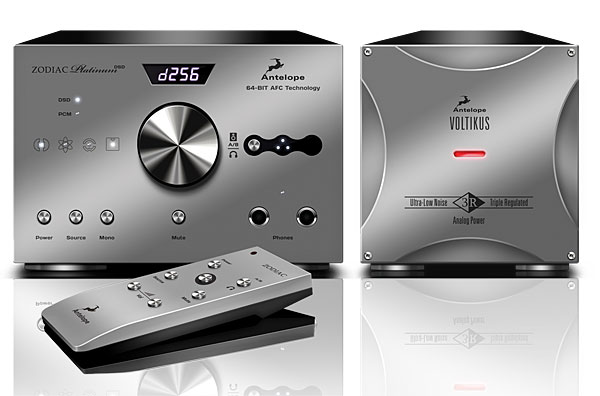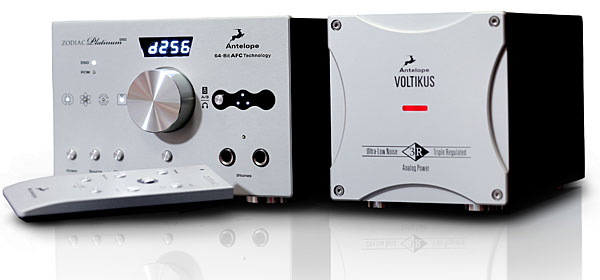| Columns Retired Columns & Blogs |
Hello Sir ,
Our Tyll is revealing the newish strategy at your offices , I'm happy to learn of your position as the "Man" covering DACs .
I've had a look-see at your MSB writings as well as a few other offerings , certainly I'll continue to follow along .
I'm an old time Audio person , going way back to the early Tube days . I've imported some of the British products ( back in the 1980s ) , I've retailed and manufactured .
Now-a-days I'm a Schiit/Sennheiser music lover , I have no business connection to Home or Professional music reproduction .
I've come to discover DACs to be a sort of Phono Cartridge type of transducer , the MSB stuff seems the best of the bunch .
Not being in the business , I don't have any consideration other than the performance of the device in question ( a happy place ) .
I think that I've discovered the Dopamine connection to music and it's reproduction , this phenonomen occurs when any music played ( poorly or well ) excites the brain into a state of pleasantness , I suppose it's why we all love music .
I think you lads have a million things to consider when reviewing products , I don't expect reviewers to get down to the tiny details of how a femto clock can keep music in focus or things of that nature but I will expect honesty and integrity , which I suspect your JA will insist upon ,
Anyway , thank you for pitching in and trying to be helpful in describing the advancements in this area .
Tony Kaz in Michigan
ps . your local Dr.Mike Moffet might be helpful in digital education , of course the MSB lads are close by in Watsonville so you do have potential access to the pointy headed intellectuals .







































